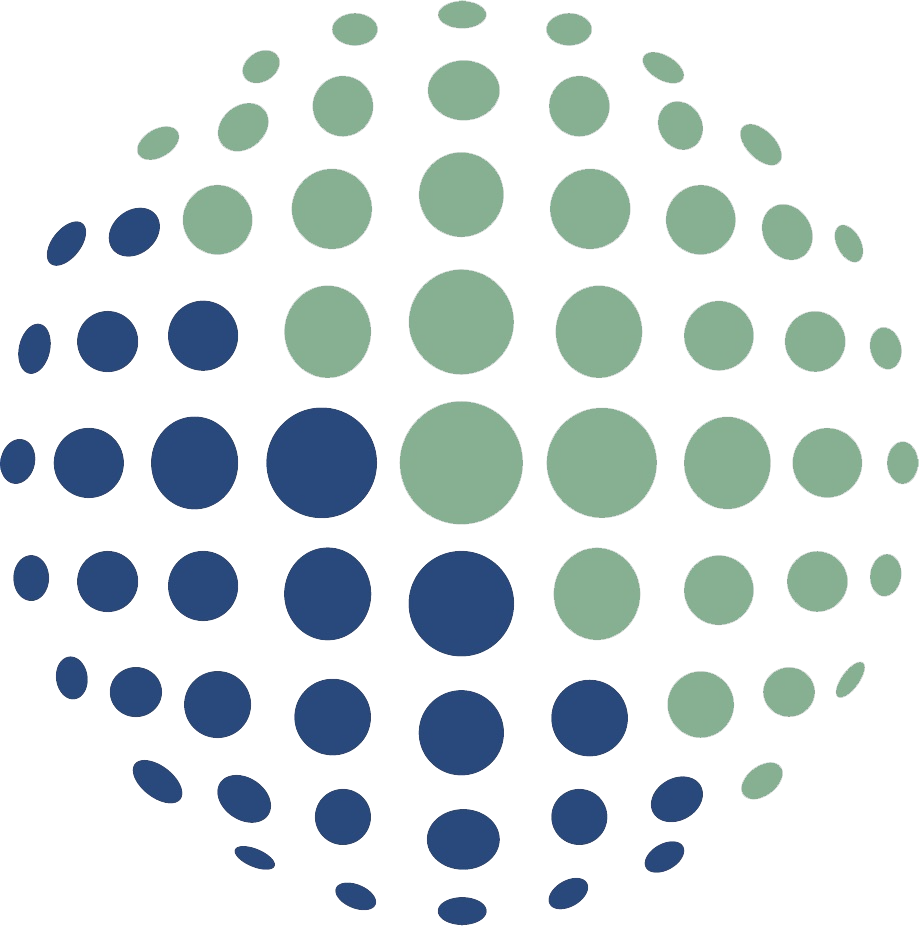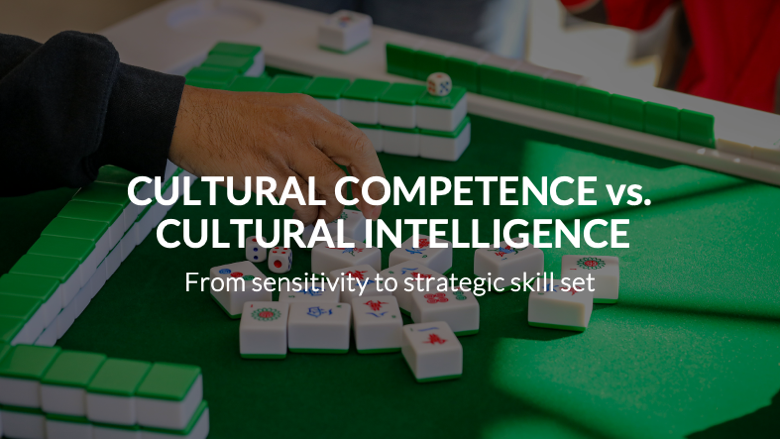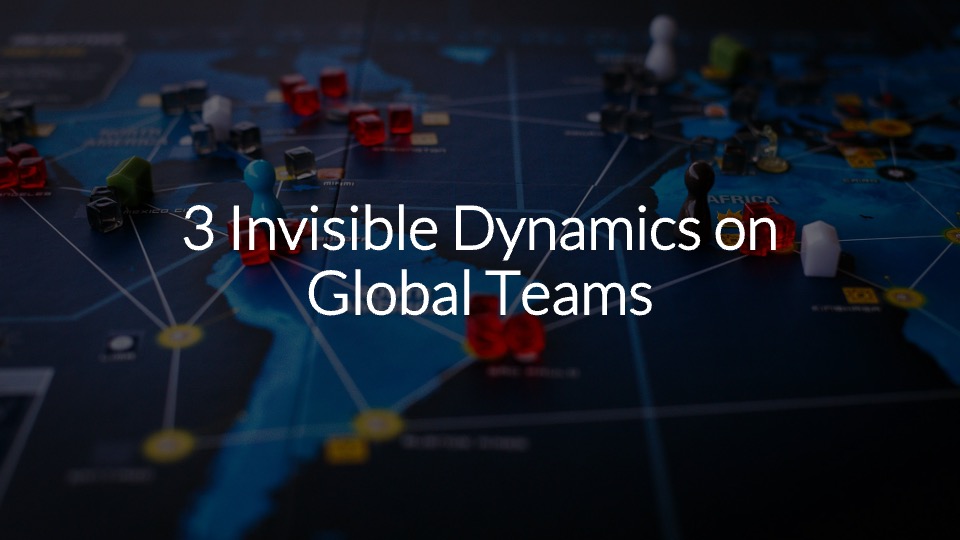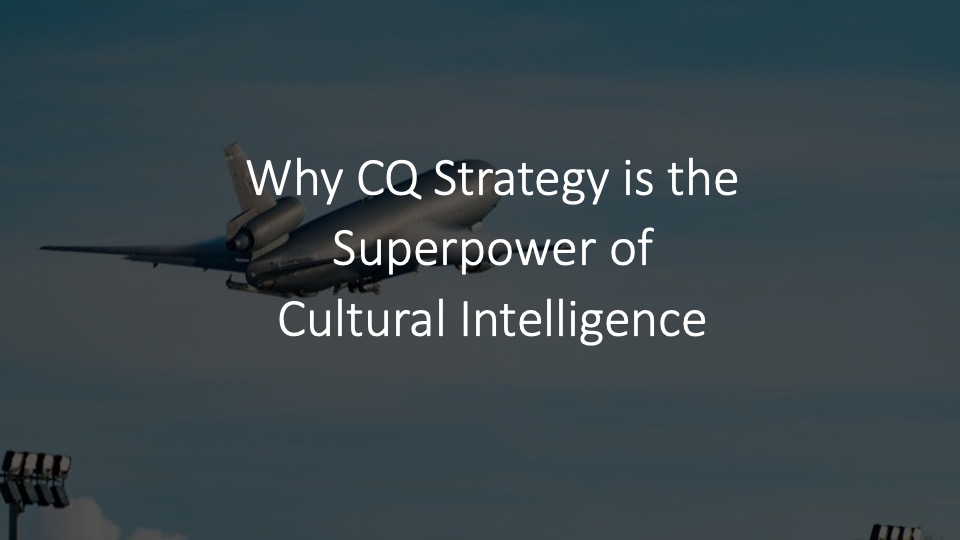The other day I was working out at the gym and I overheard a guy say to his buddy, “So tomorrow I have to go to diversity training.” “Oh God!” the other guy said. “That’s right up there with getting a root canal!” to which his friend responded, “I don’t mind diverse people as long as they agree with me!”
Tech companies are investing billions of dollars in diversity programs. Universities are requiring faculty to attend workshops to prevent having the next televised protest on their campus. And political parties are scrambling to attract diverse voters.
This ought to be good news for all of us. Diversity is rich with creative opportunities for everyone—personally and at work. But that upbeat sentiment seems a world apart from the dread many employees feel when they think about attending the next workplace diversity program. And it’s not just white guys experiencing diversity fatigue. Research recently cited in the Harvard Business Review found that diversity programs did little to convince ethnic minorities that companies would treat them any more fairly than companies without the programs.
Shame on You!
To start, far too much of the diversity conversation is permeated with a “shame on you” approach. Workers voluntarily sign up for a workshop only to be accosted all day long about how racist or sexist they are. One time I listened to a presenter spend an entire session with real estate agents berating them for the mistakes they were making. He bellowed, “Some of you are still talking about walk-in-closets! How do you think that feels to someone who can’t walk?” Is that really the most worthwhile use of a half-day with people who signed up for a workshop to learn how to more effectively sell homes to people from different cultural backgrounds?
Diversity Bingo and Millennials
In addition, far too many diversity programs are irrelevant to the everyday demands of the workplace. Workshops are often facilitated by consultants who are personally fascinated by the cultural complexities of concepts like feng shui or the emic versus etic perspectives of a culture; but those theoretical notions are obtuse to nearly everyone else. And most diversity initiatives place an over-emphasis on cultural awareness and an under-emphasis on building skills for working effectively with diverse colleagues. A potluck featuring different ethnic dishes, a round of diversity bingo, and a workshop about Millennials is probably a waste of time and money if nothing more is done.
I Get it! I’m Biased. Now What?
The latest boom for promoting awareness is unconscious bias training, a critical step in the process of equipping a workforce to become more aware of their hidden biases as they interact with different generations, ethnicities, sexualities, and more. But this kind of awareness accomplishes very little by itself. A group of researchers supported by the National Science Foundation tested nine implicit bias interventions, all of which worked immediately, none of which stuck beyond a day. Billions of dollars are being spent on cultural awareness programs yet discrimination cases are on the rise and staff are exhausted by the failed attempts.
A MORE STRATEGIC WAY…
Diversity fatigue will continue to grow unless companies take a more strategic approach. Organizations need to address diversity the way they address other business opportunities and challenges—assess the situation, create a strategy, and form metrics for measuring accountability.
From Diversity Fairs to Metrics
If profits are slipping, companies don’t plan a “Profits Slipping Awareness Day” and then hope the awareness translates into better returns. It’s all hands on deck with everyone accountable. Practices and policies have to be developed to reduce discrimination in hiring and promotion, and leaders and teams need to be equipped to communicate, solve problems, and innovate effectively as part of a diverse team. Metrics need to be used that go beyond counting the number of diversity events to establishing targets and measuring the correlation between diversity initiatives and other strategic measurements (P&L, employee engagement, customer satisfaction, innovation, etc.). As workplaces take a more strategic approach to managing an increasingly diverse workforce, diversity programs will move from being a cost center to being a highly profitable investment to drive innovation while simultaneously lessening the fatigue factor and promoting inclusion.
From Awareness to Skills
Diversity training must also move toward an emphasis on building skills. Awareness is the first step, but then training and mentoring needs to quickly move to relevant workplace issues, such as: How do you facilitate a brainstorming session that effectively includes the perspectives of individuals who are reticent to speak up in a group? What’s the most effective way to incorporate an African American’s perspective on a new initiative without asking her to speak on behalf of the entire African American market? And how do you minimize the interpersonal conflict that often ensues on a multicultural team and maximize the diversity of perspectives offered? Diversity training that focuses on these kinds of practical solutions is not only better appreciated, it’s even sought out by workers who very much want to get better at doing their jobs and learn from their teammates. Then organizations need to use a valid assessment to measure whether skills were actually enhanced.
From Punitive to Potential
The whole topic of diversity needs to be approached based on the opportunities it offers, rather than primarily coming at it from a negative standpoint. Any serious attempt to discuss cultural differences has to address difficult subjects like privilege, inequity, and discrimination so I’m certainly not averse to making people uncomfortable, particularly those from the dominant culture (i.e., me!). But shame has never proven to be a very lasting form of motivation in the workplace. Even those who are easily riddled with guilt, feel bad for a while and then move on because they don’t know what they can really do about it.
In contrast, I recently observed a diversity trainer who began her workshop by saying, “I’m going to work from the assumption that you each want to be kind, respectful, and inclusive, regardless of people’s cultural backgrounds.” Was she giving the participants too much credit? Maybe, but you could visibly watch the defenses go down all across the room. Diversity initiatives need to move away from a punitive, shame on you posture to emphasizing what we all gain from more diverse and inclusive workplaces and communities. We all miss out when the Oscars only feature white nominees. And we all benefit when the organizations we work for have people from C-level suites to the most junior levels reflecting a diversity of cultural backgrounds who know how to effectively use and learn from their differences.
Working with diverse colleagues is hard work but it need not be exhausting. Just as the richest marriages and friendships are often energized by the healthy tension created from the differences involved, the same can happen in the workplace. As all of us insist on a more strategic, hope-filled approach to diversity, everybody wins. It allows each of us to broaden, enrich, and deepen our perspectives—about ourselves, a project at work, and about life together in our increasingly diverse, globalized world.




